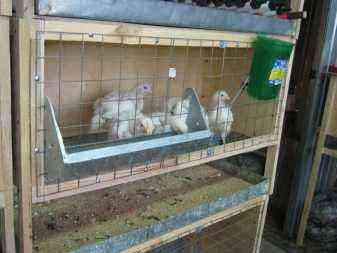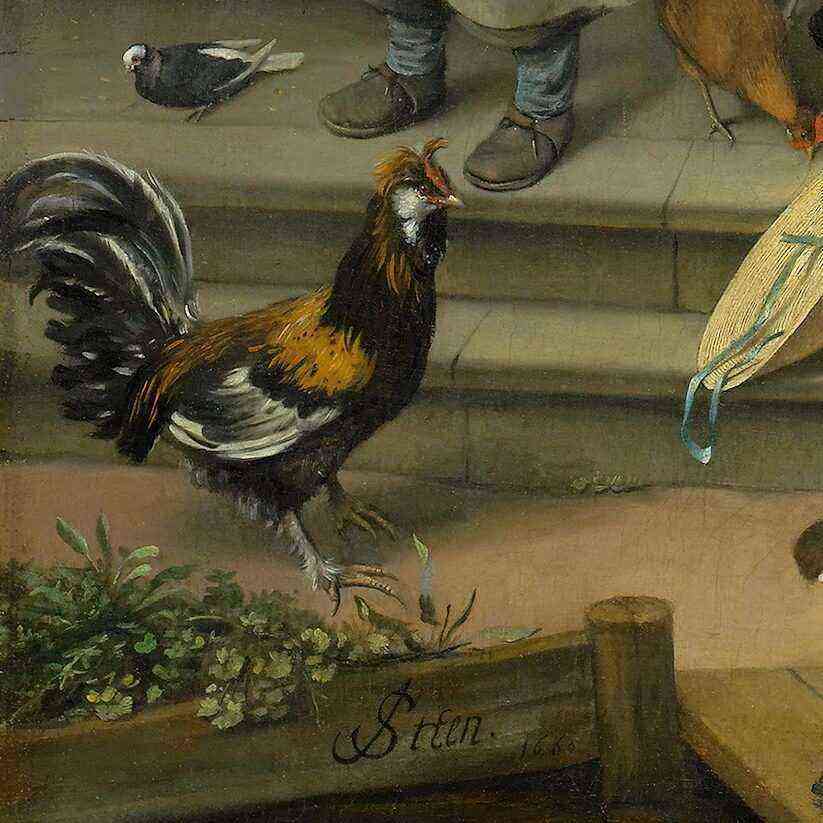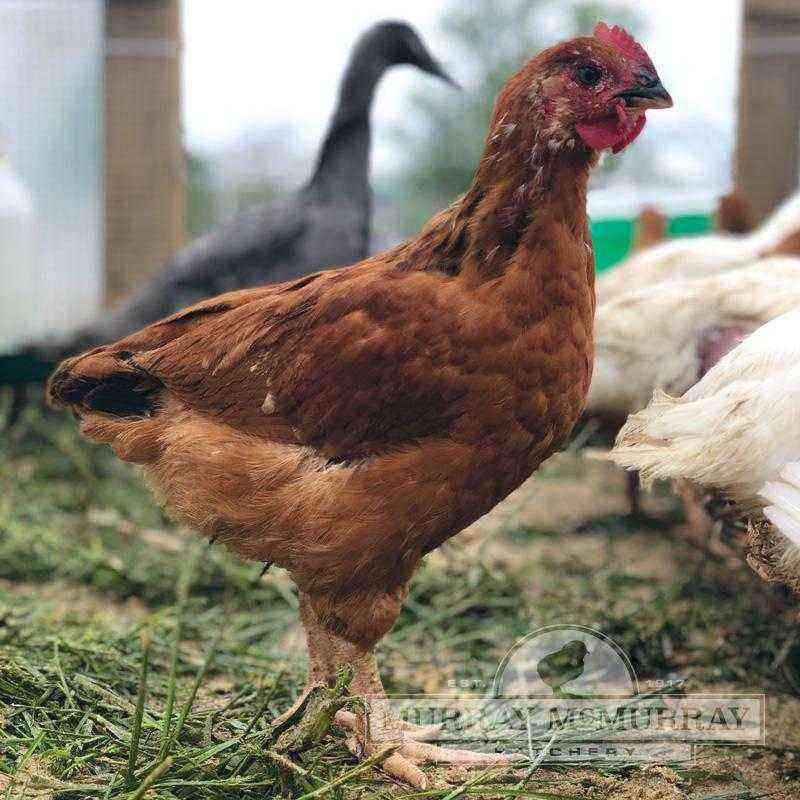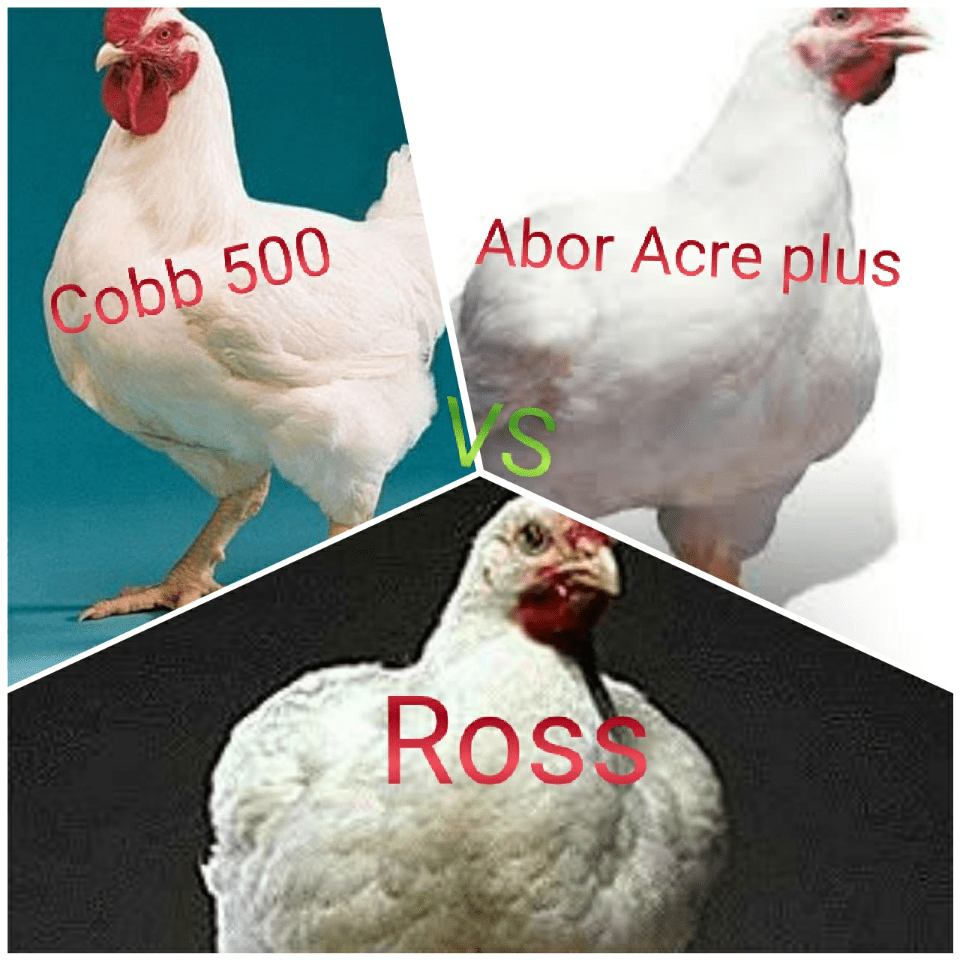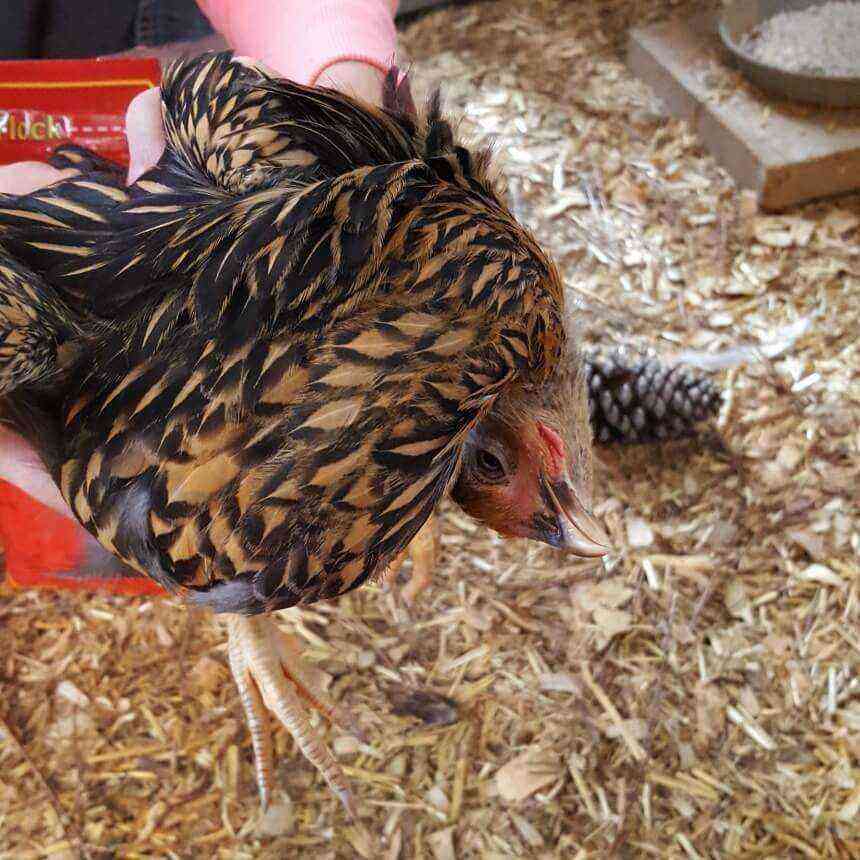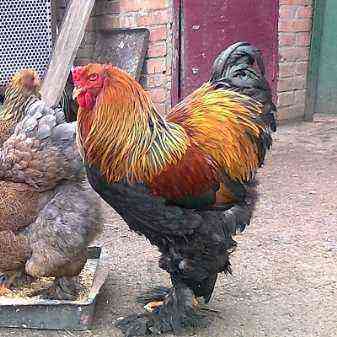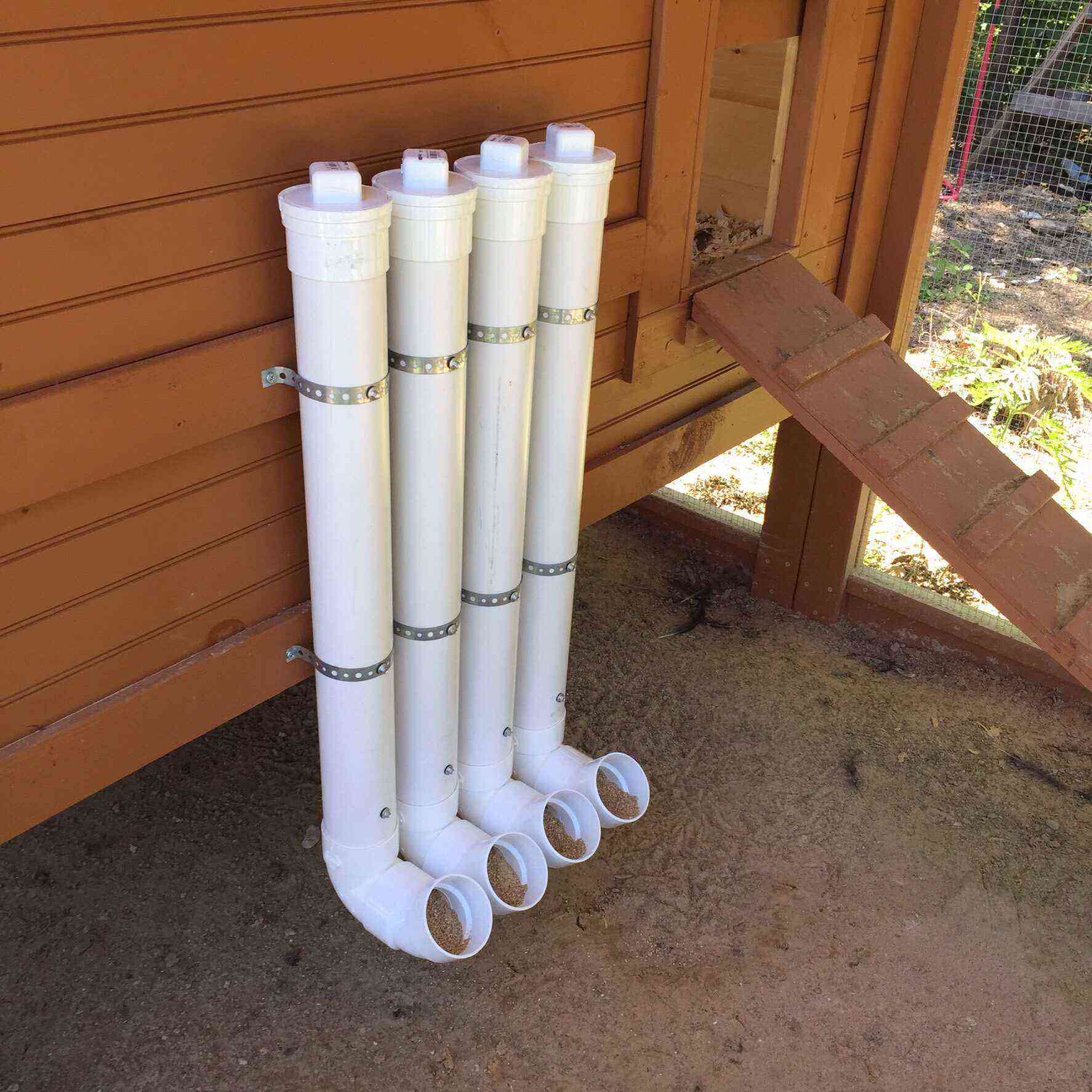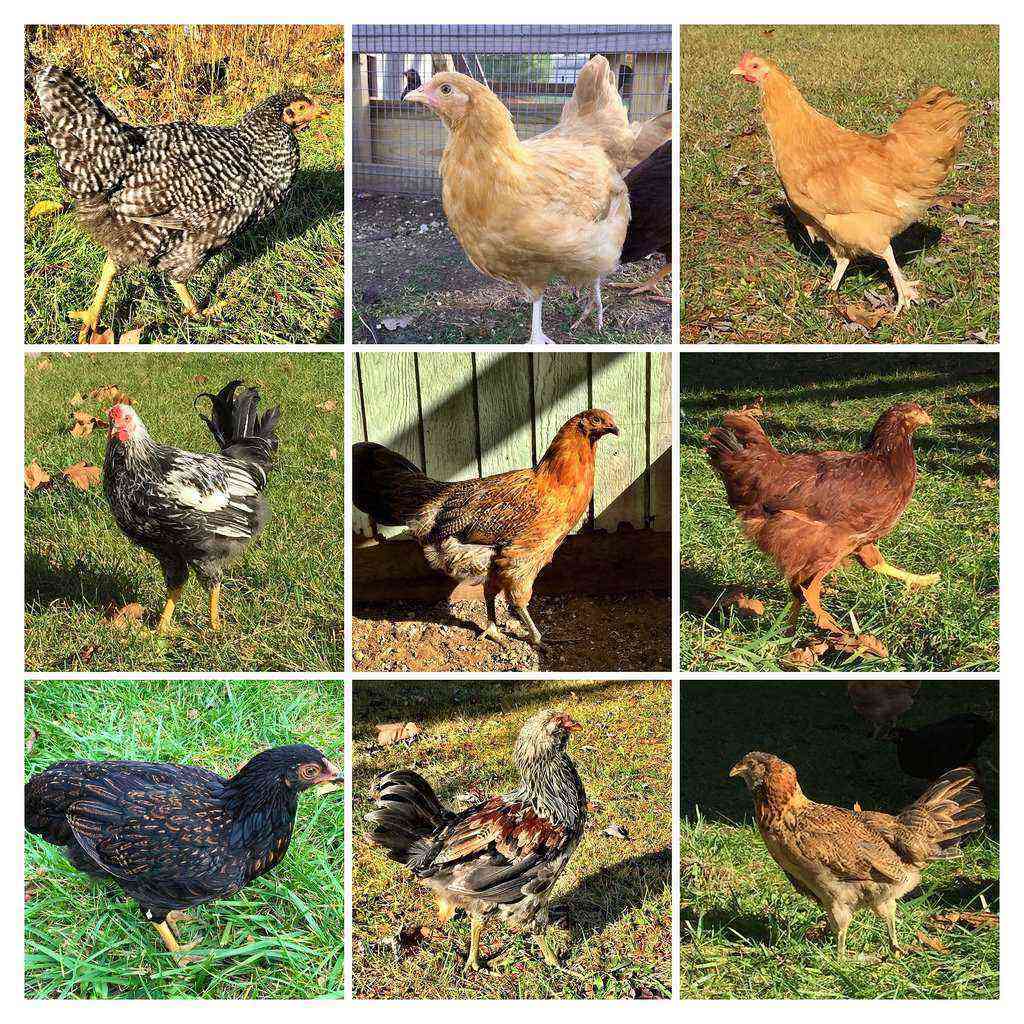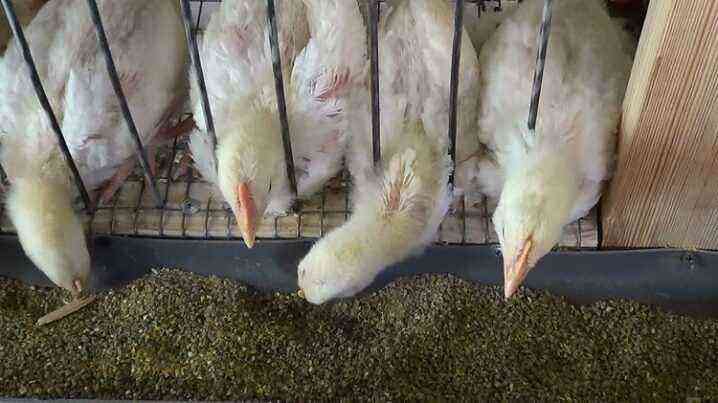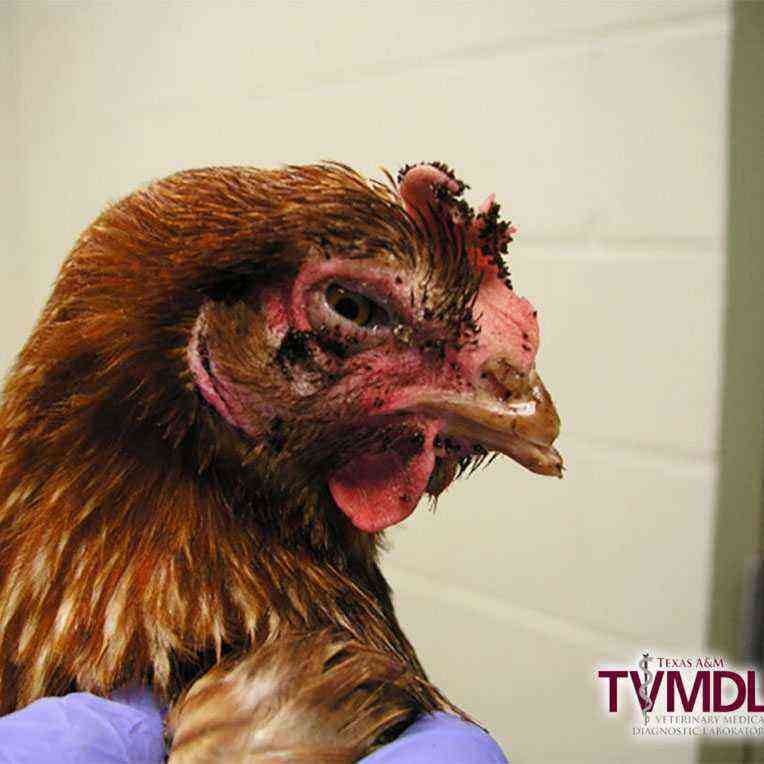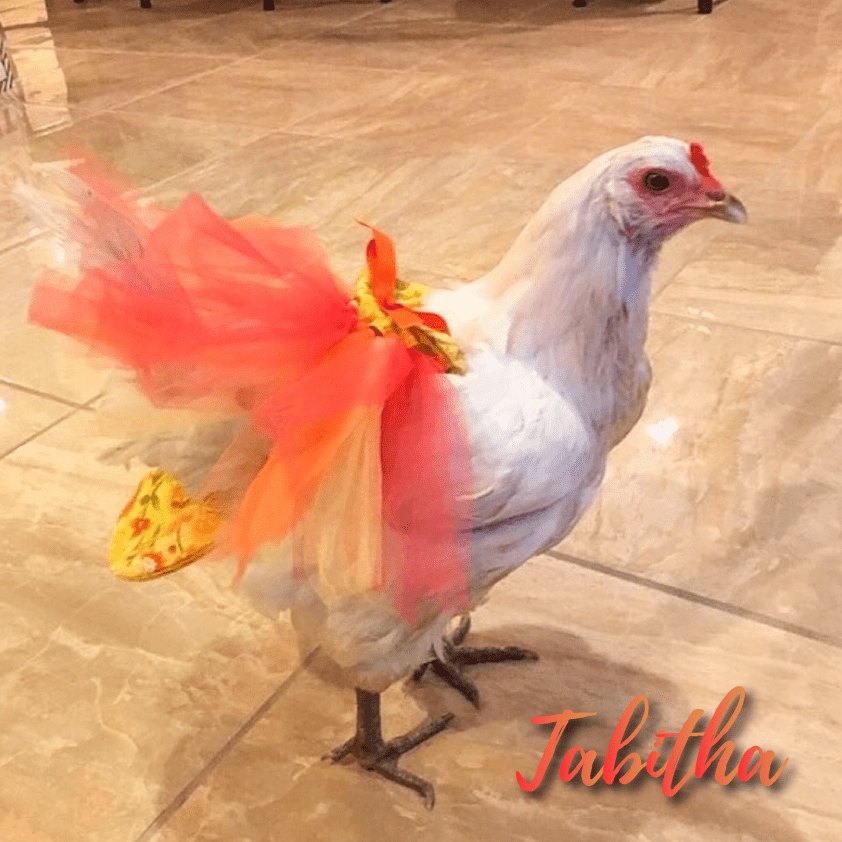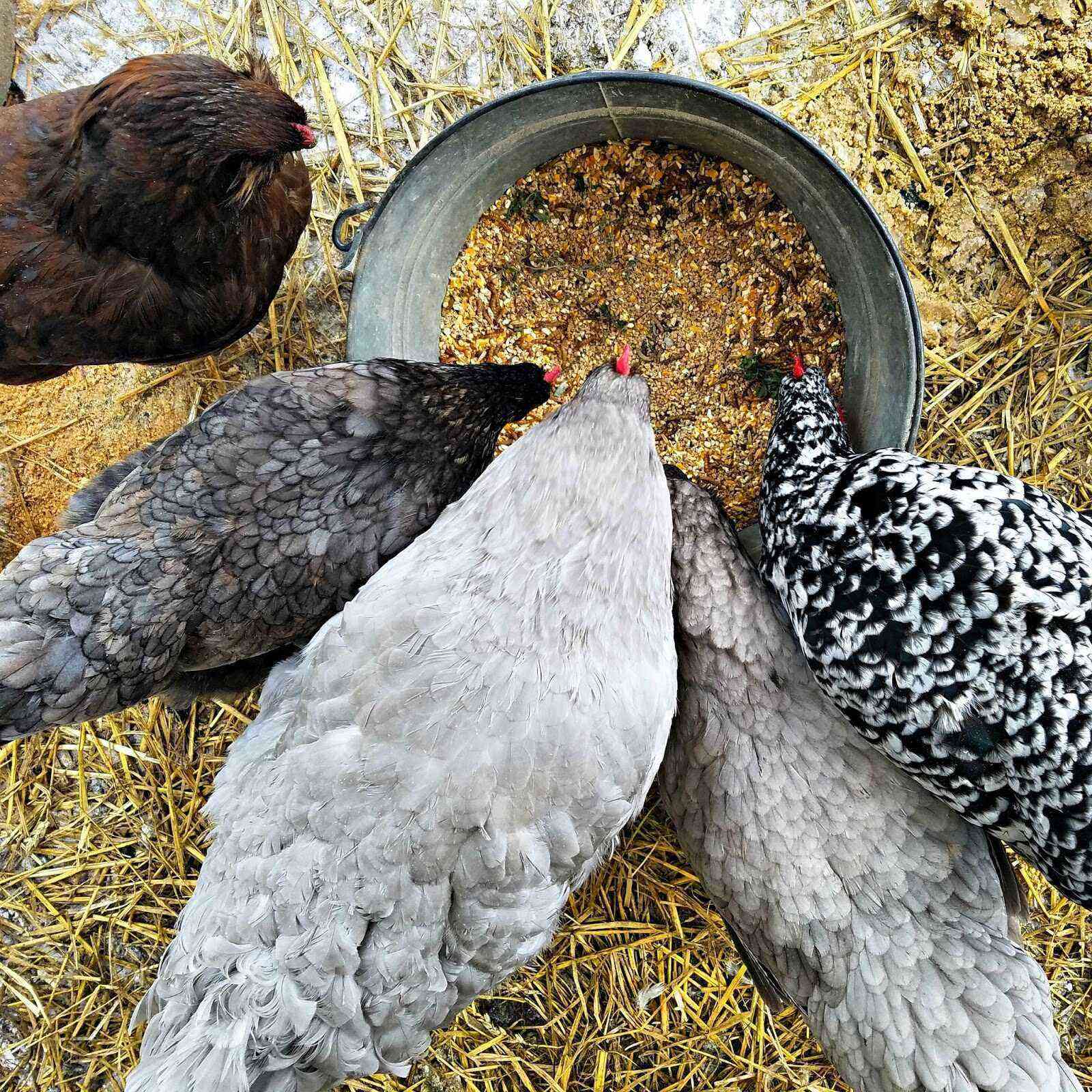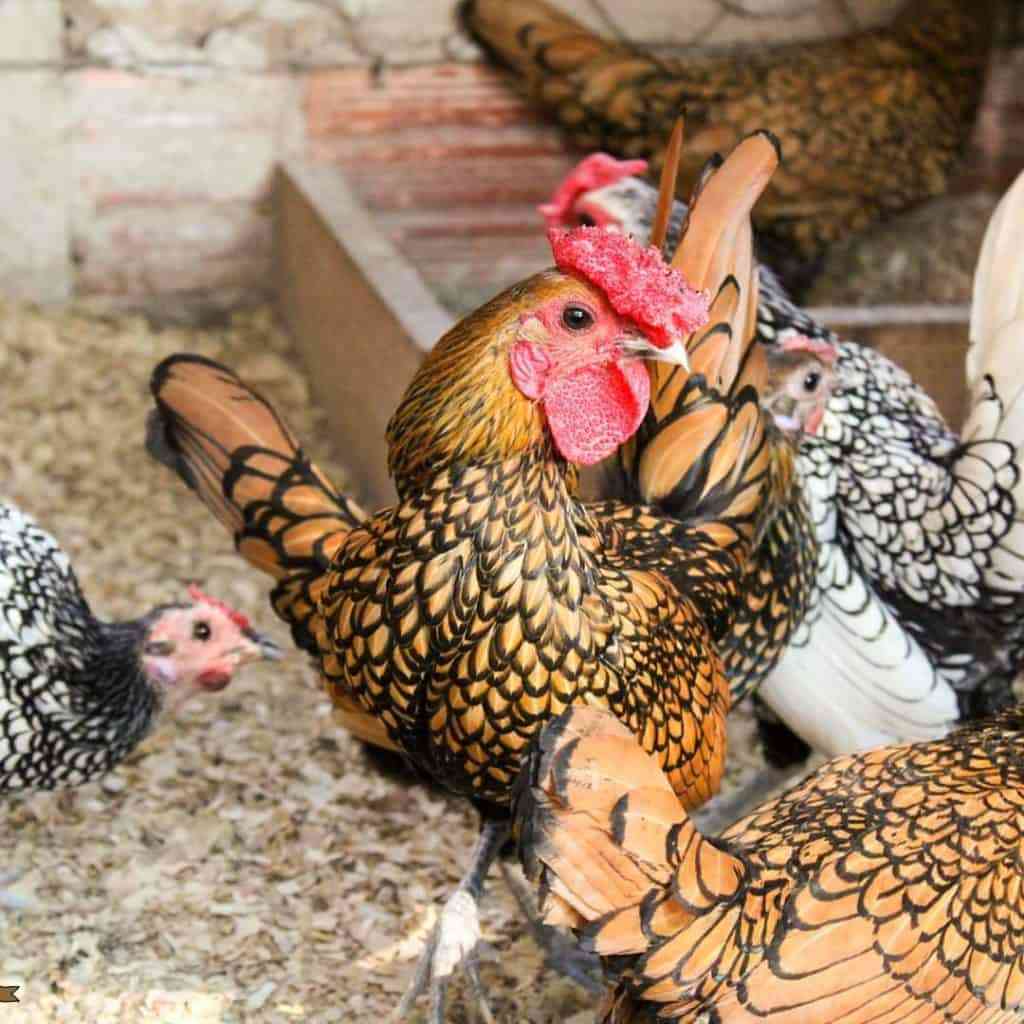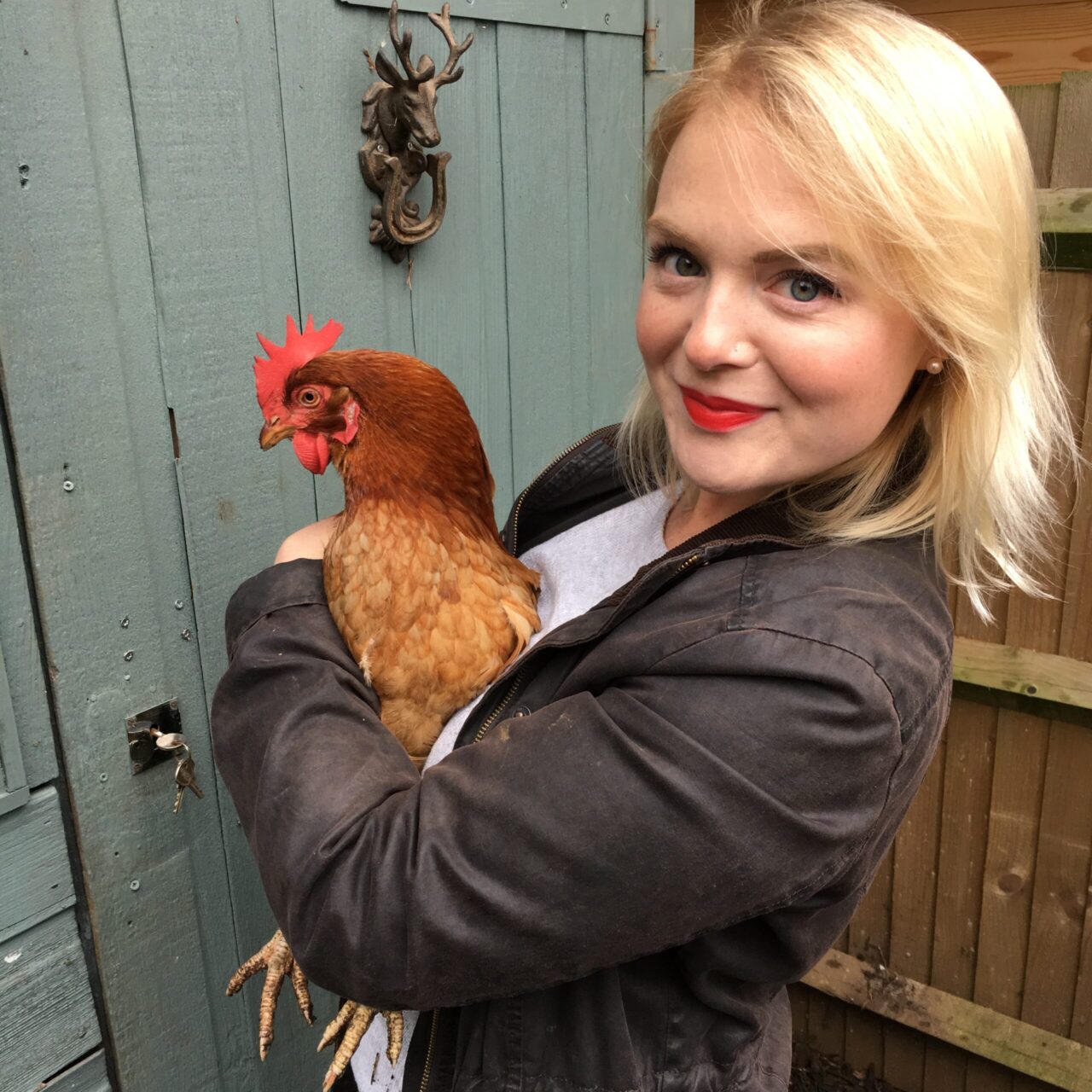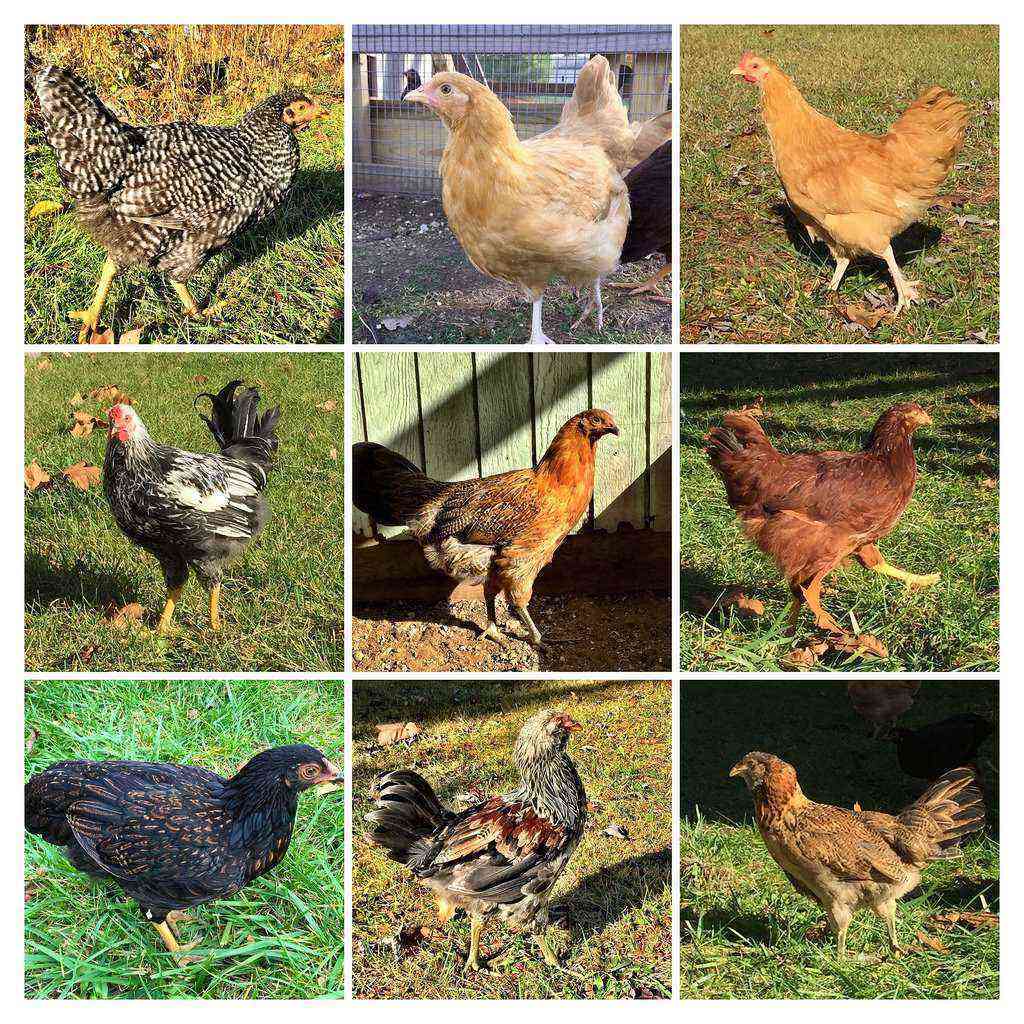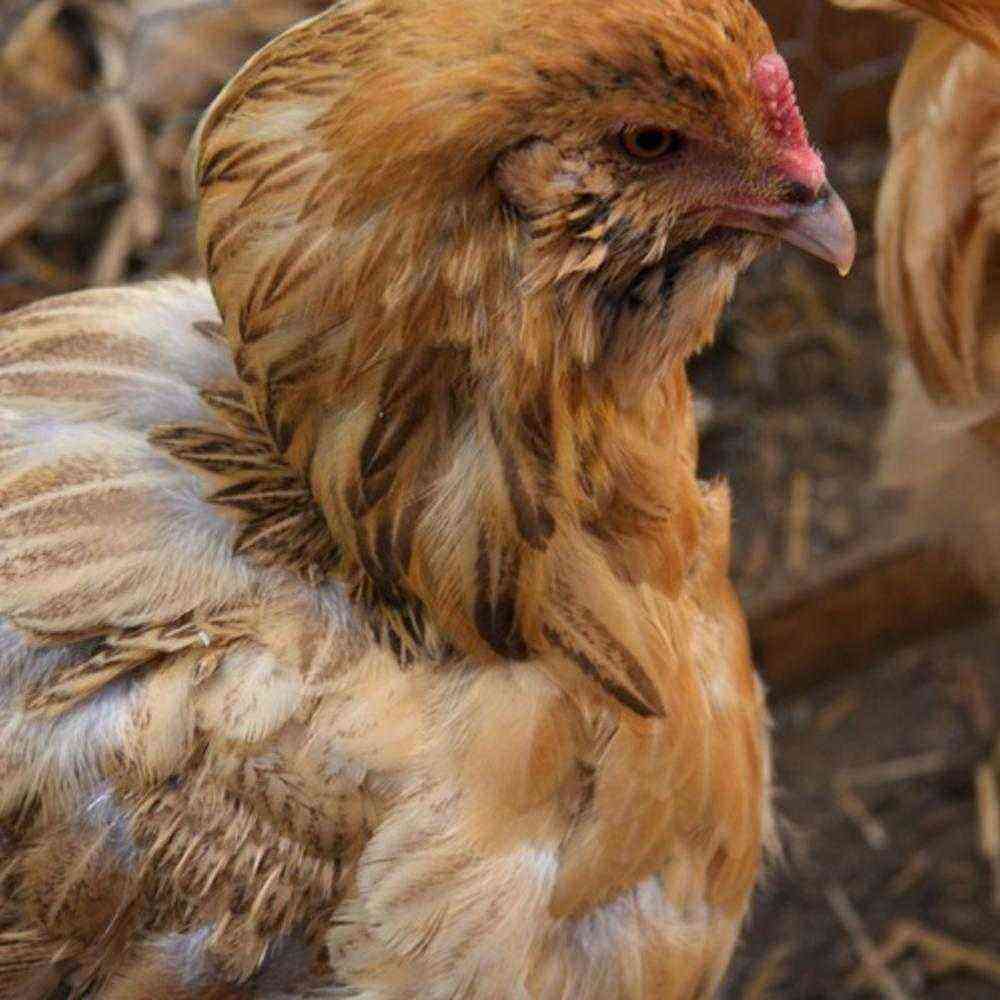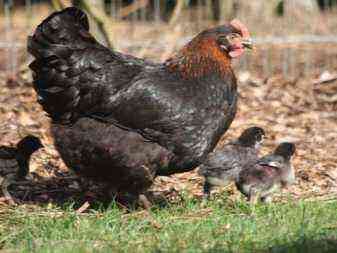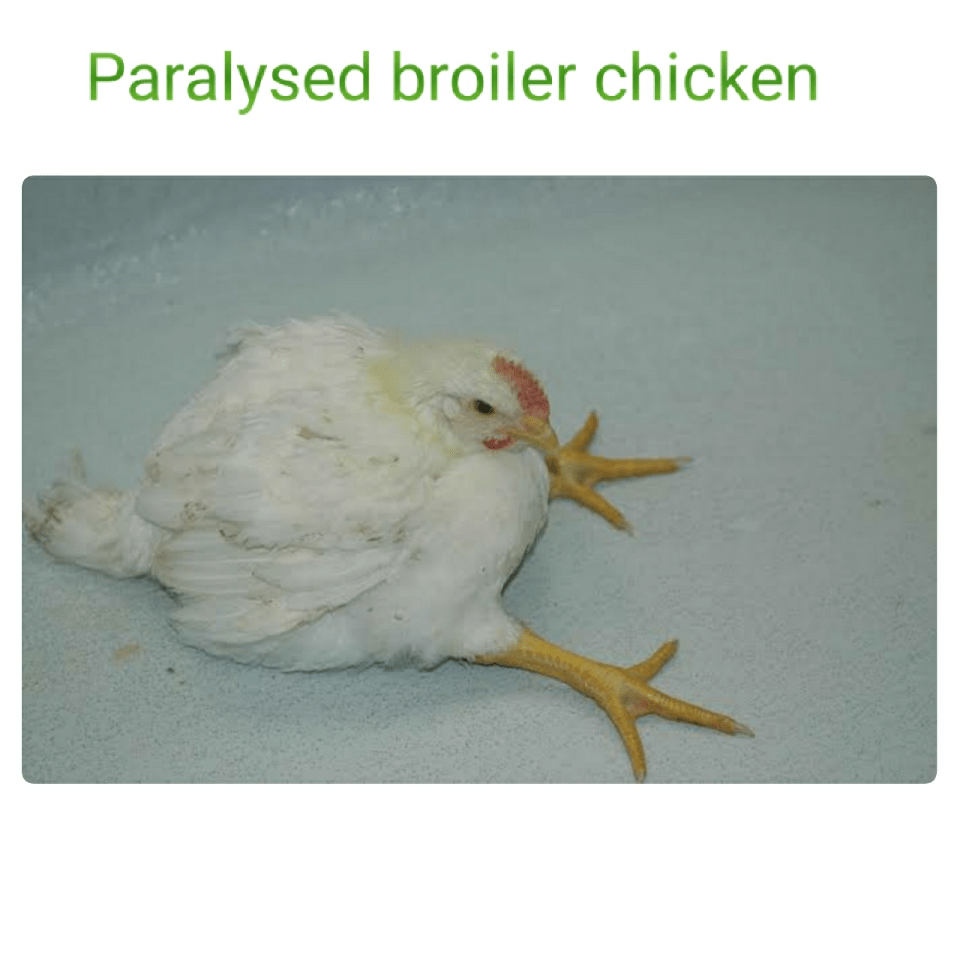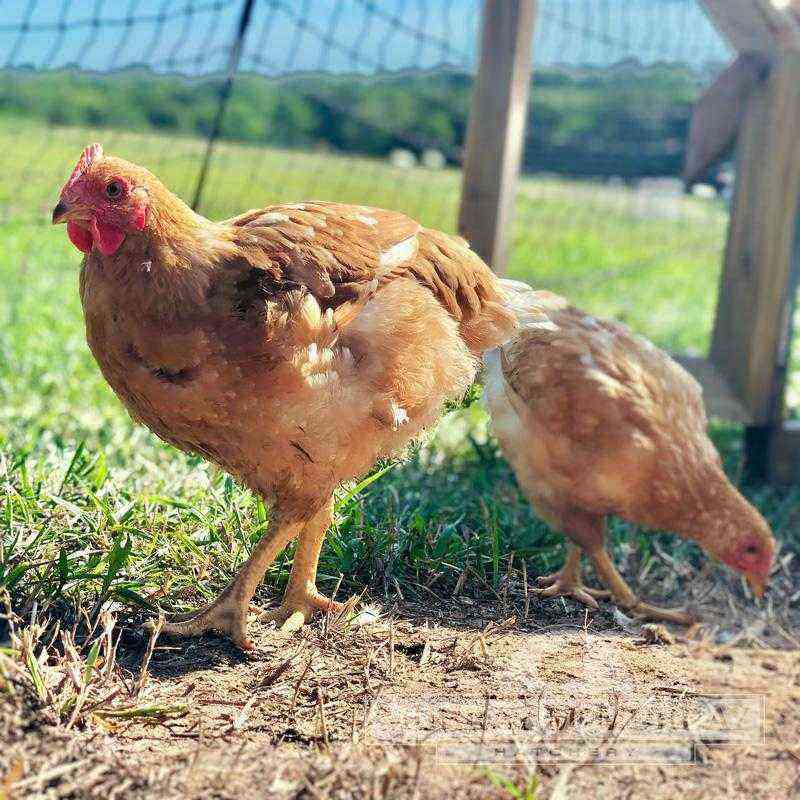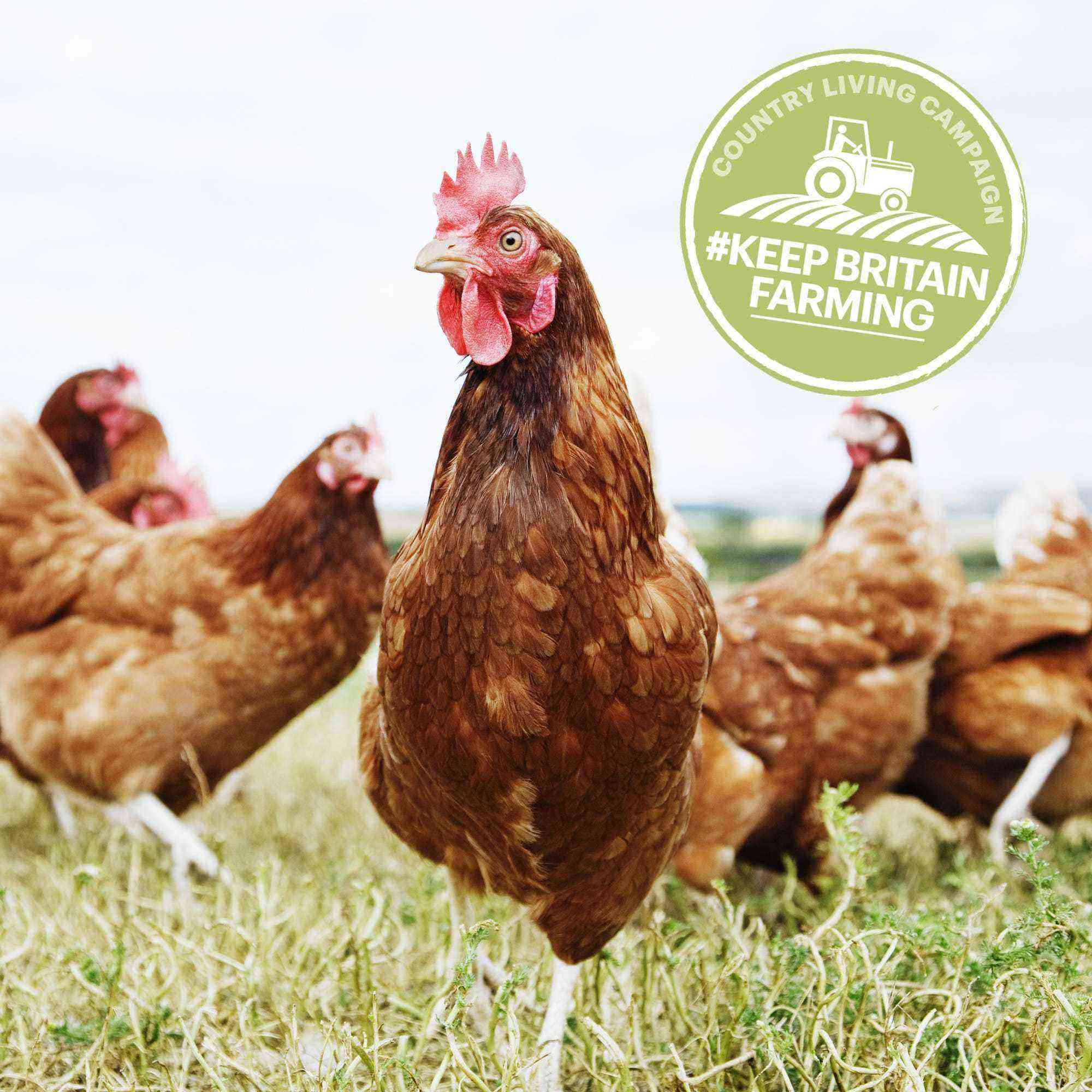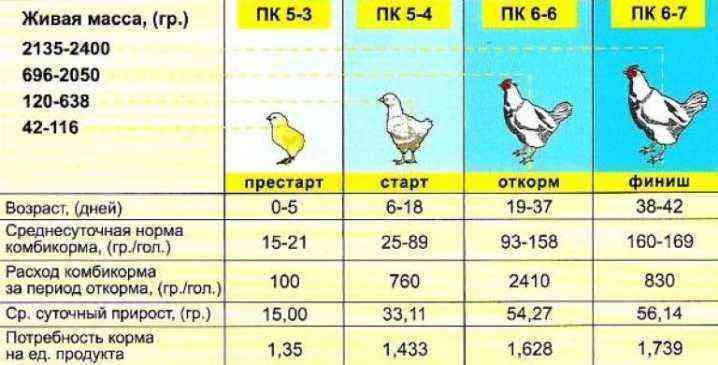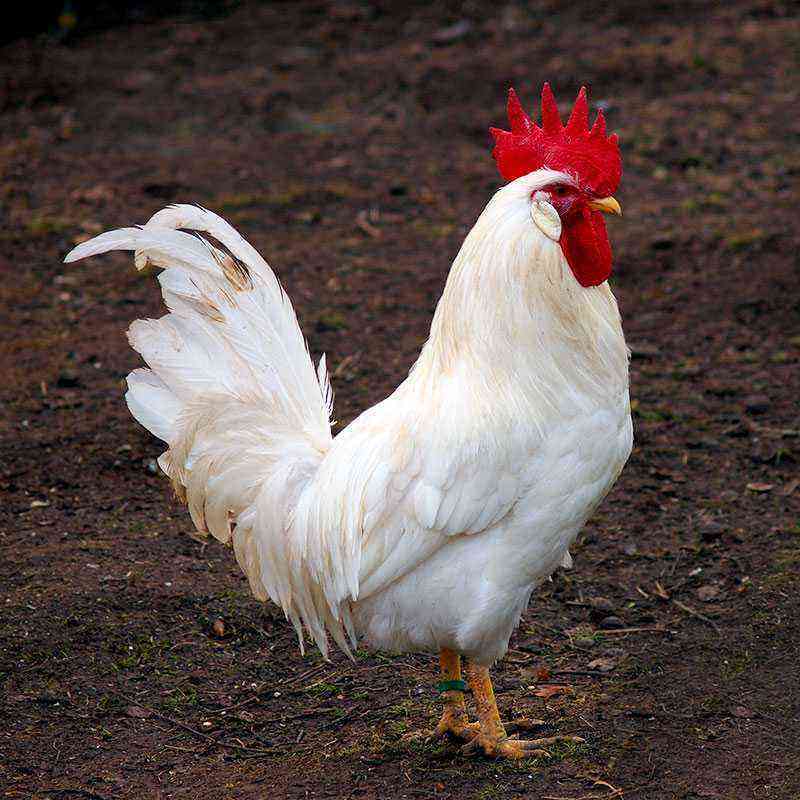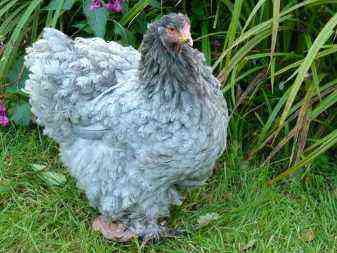German chickens are very popular, especially among experienced poultry farmers. And all thanks to the good, high productivity of many of them, beautiful appearance, quick adaptation to various conditions.
German breeds of chickens differ in egg production, productivity directions, live weight and many other parameters.
The most common and popular among amateur poultry farmers are German breeds of chickens such as orpington, forwerk, amrox, langshan, azil and others.
The main distinguishing feature of orpingtons is their great weight. In chickens, it reaches four and a half kilograms, and in roosters, five and a half kilograms. Forwerks were bred by breeding the Orpington breed. However, they are much smaller than their relatives: chickens reach a live weight of two kilograms, roosters – two and a half kilograms. Their egg production is about 170 eggs in the first year, 140 eggs in the second, and so, less and less every year.
A good German breed of chickens is the Amrox. It has a rather high egg production – up to 200 eggs per year. These chickens weigh just over two kilograms, the roosters reach a weight of three and a half kilograms. Another important advantage of Amrox is the high survival rate of young animals and rapid development.
Langshans cannot “boast” the same high productivity as amroks. Their annual egg production is about one hundred and fifty eggs. However, adults reach a weight of three and a half kilograms, roosters – four and a half kilograms.
Azil chickens are fighting breeds. Their live weight is about two kilograms, roosters gain up to two and a half kilograms. These are very aggressive birds, with an explosive, fighting character.
The decorative German breed, Yokohama, is also quite common. Their weight can reach one and a half kilograms, adult males weigh about two kilograms. These birds have a very low productivity – from 80 to 100 eggs per year, weighing only about 45 grams. Poultry farmers who want to breed such feathered pets in their backyard should be prepared for the fact that they are very demanding on the conditions of keeping and feeding. These birds love cleanliness and fresh air.

